Not all kitchen knives are made for every skill level. Some are designed to make slicing and dicing easy for beginners, while others are better suited for seasoned pros who know their way around a chopping board.
A Tourné knife, fondly referred to as a bird’s beak knife, offers the best of both worlds. It’s simple enough to learn yet precise enough to impress even the most experienced chefs.
This blog will walk you through everything you need to know about the Tourné knife. Let’s understand what it is, how it works, and how chefs use it to elevate their kitchen game. If you’re thinking about adding one to your toolkit, you’re in the right place. Let’s get started!
Let’s break it down: What is a Tourné knife?
The Tourné knife is a French-style knife that might look a little unusual at first because of its curved blade. Despite its atypical appearance, it’s a favorite among professional chefs for its efficiency.
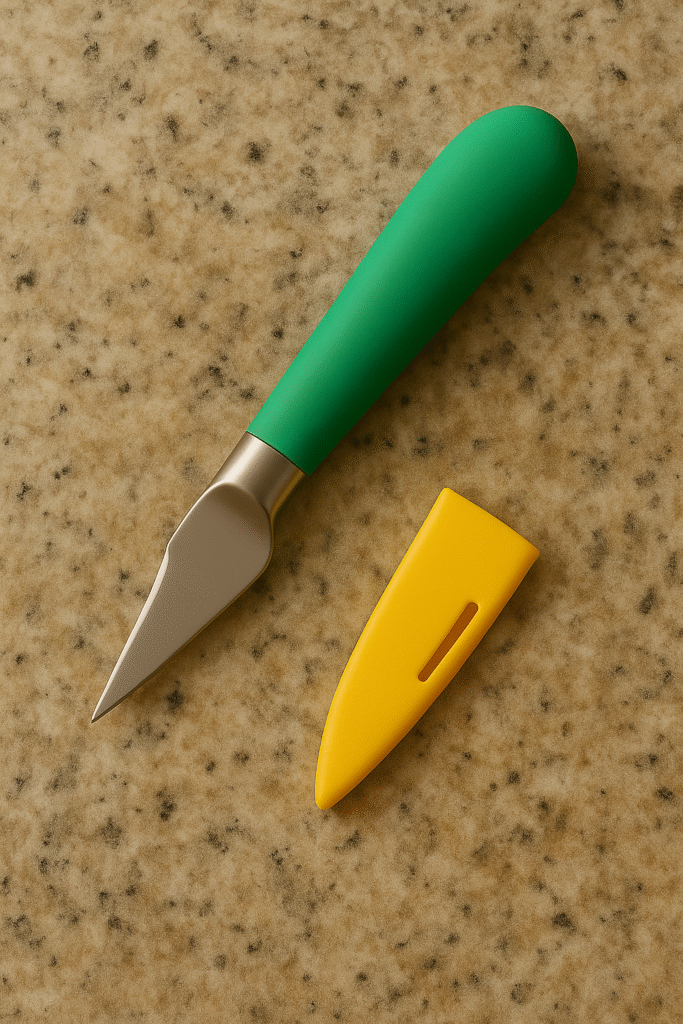
It’s a small, curved knife that’s designed to create fancy, decorative cuts, mainly for vegetables. But what is a Tourné knife’s main job? Helping chefs master the classic Tourné cut, which adds a polished, elegant touch to dishes in a fine dining setting.
Let’s take a closer look:
What is a Tourné cut?
The Tourné cut is a traditional French technique for cutting vegetables in a unique shape. This kind of cut isn’t something most people use every day. Thus, home cooks usually don’t require a Tourné knife often. If you’re just looking for a basic knife to slice veggies, a paring knife might be a better fit.
It may sound simple, but it takes a bit of skill and practice to get it right. Apart from their fancy looks, these cuts also help the veggies cook evenly.
What makes the Tourné knife unique?
The Tourné knife is small and curved, which is exactly what makes it so special. Most have a blade that’s just two to three inches long. Occasionally, the handle is even longer than the blade!
While the blade’s width is similar to a paring knife (around 0.5 to 0.7 inches), the curved tip is the real hero. That curve helps chefs make smooth, rounded cuts by letting the knife glide naturally as the vegetable is turned during slicing.
A regular knife just doesn’t give you that smooth, clean finish. The Tourné knife’s curved tip keeps things neat and clean, giving you beautifully shaped veggies every time.
4 things chefs actually do with a Tourné knife
In French, tourné means ‘turned’. This makes the Tourné knife purpose clear, right? The razor-shape Tourné knife delivers the famous Tourné cut. That is the reason why it is named the Tourné knife. But the job isn’t limited to just that! This tiny curved blade can be super useful for various tasks in the kitchen.
Let’s look at some ways the Tourné knife makes the everyday hustle easier (and fancier) for chefs:
1. Creating beautiful vegetable shapes
In French cooking, presentation matters just as much as flavor. One of the reasons why a Tourné knife is a staple in French cooking is that it helps chefs create those beautiful vegetable shapes.
This style is popularly known as the ‘Tourner’ where the idea is to cut the vegetables into uniform and decorative shapes.
Although a Tourné knife is essentially ideal for a professional chef, you can use it to make a fancy meal for your loved ones.
2. Peeling and shaping soft fruits
If you are someone who loves preparing fancy fruit salads, a Tourné knife will be your trusted companion. It flawlessly peels soft fruits, such as tomatoes, peaches, and pears, without smashing the tender flesh.
Its curved blade helps the knife stay at just the right angle, making peeling effortless. Once peeled, a Tourné knife’s use is to shape your fruits for a fruit salad or a cocktail garnish to showcase your culinary skills.
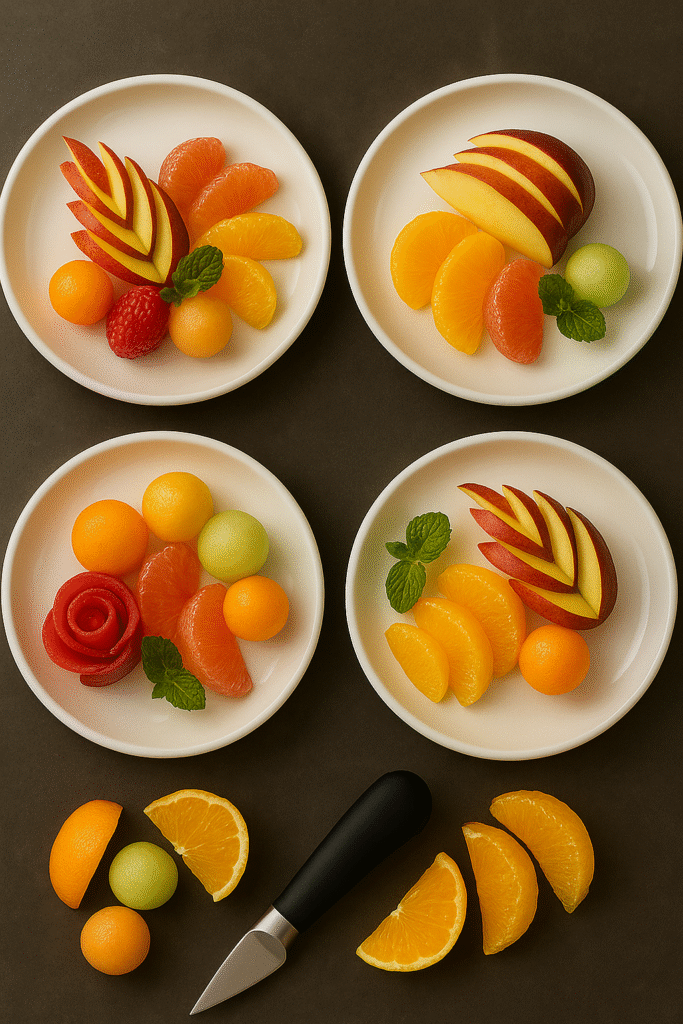
3. Carving and shaping butter
Chefs also use a Tourné knife as a tool to carve butter before serving it at a fancy restaurant. Small, carved butter in decorative shapes can elevate a table setting. Whether you want to make butter curls for a bread basket or shape it into a flower pattern, this knife gets the job done beautifully.
The sharp and curvy blade of a Tourné knife makes carving butter smooth. If you enjoy fine dining at home or hosting dinner parties, it’s a great way to add a personal touch.
4. Trimming off unwanted parts of a veggie
Vegetables like ginger or asparagus have bumpy skin, making it hard for a regular kitchen knife to peel. The curved blade of the Tourné knife is ideal for slicing these kinds of vegetables and removing the unusable bits.
It gently removes rough skin with precision without cutting too much of the flesh. It’s perfect for snipping off stems, cleaning up bruises, or shaping those tricky edges with total control.
Final thoughts: Is the Tourné knife the missing hero in your kitchen?
A Tourné knife is not just for chefs, anyone who loves making their food presentable can find this knife super useful. Whether you’re shaping veggies, peeling small fruits, or trimming meat, it gets the job done quickly and neatly.
Tourné knives make even the trickiest ingredients cut effortlessly. So, if you’re looking to level up your prep game, the Tourné knife is a great tool to have on hand.
FAQs on Tourné Knife
1. What is the purpose of a Tourné knife?
A Tourné knife is used to carve rounded fruits or veggies for salads and garnishing. Chefs use this knife to make their dishes more presentable.
2. How long is a Tourné knife?
Tourné knives are slightly different in shape and size than a regular kitchen knife. Generally, the average length of these knives is 2-3 inches.
3. What is the size of a Tourné knife cut?
A Tourné cut resembles a seven-sided football. It is 2 inches long, with a middle thickness of 1 inch and ends that are rounded to 1/2 inch thick.

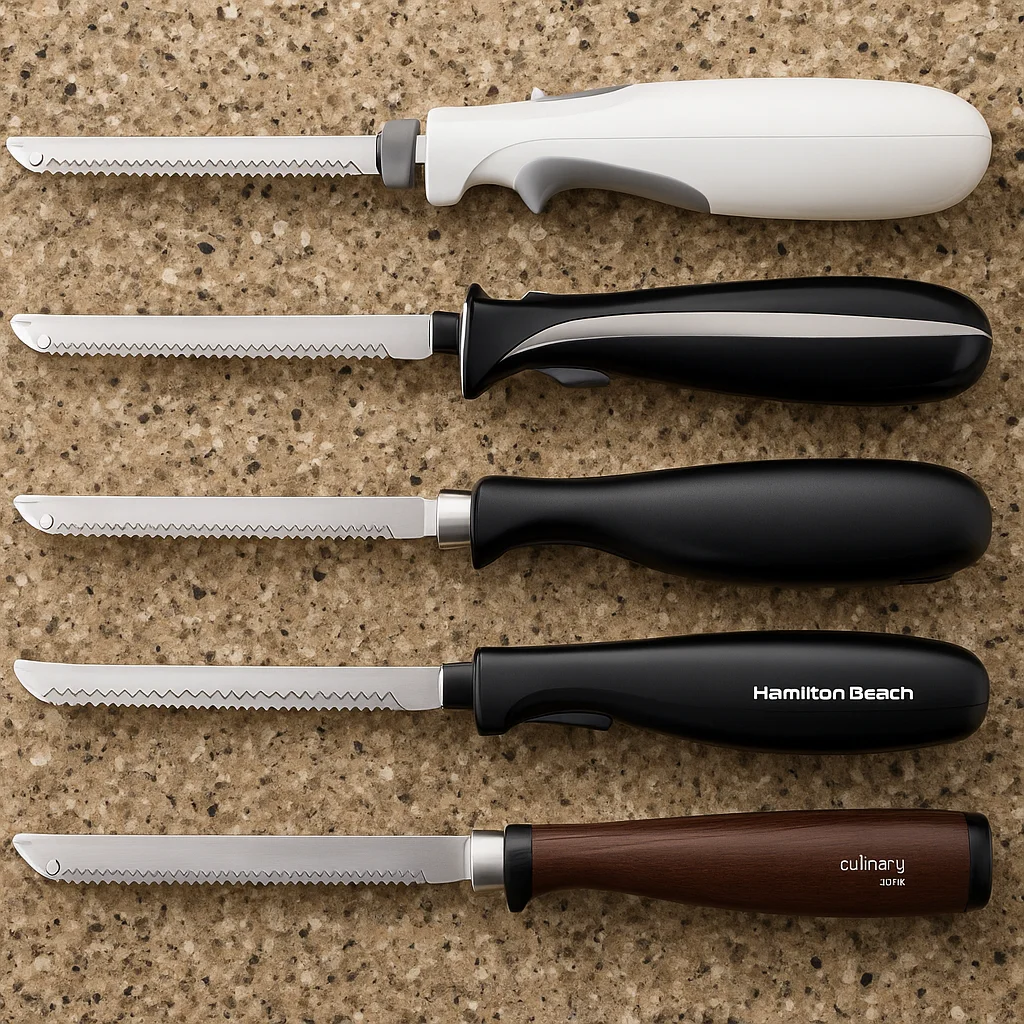
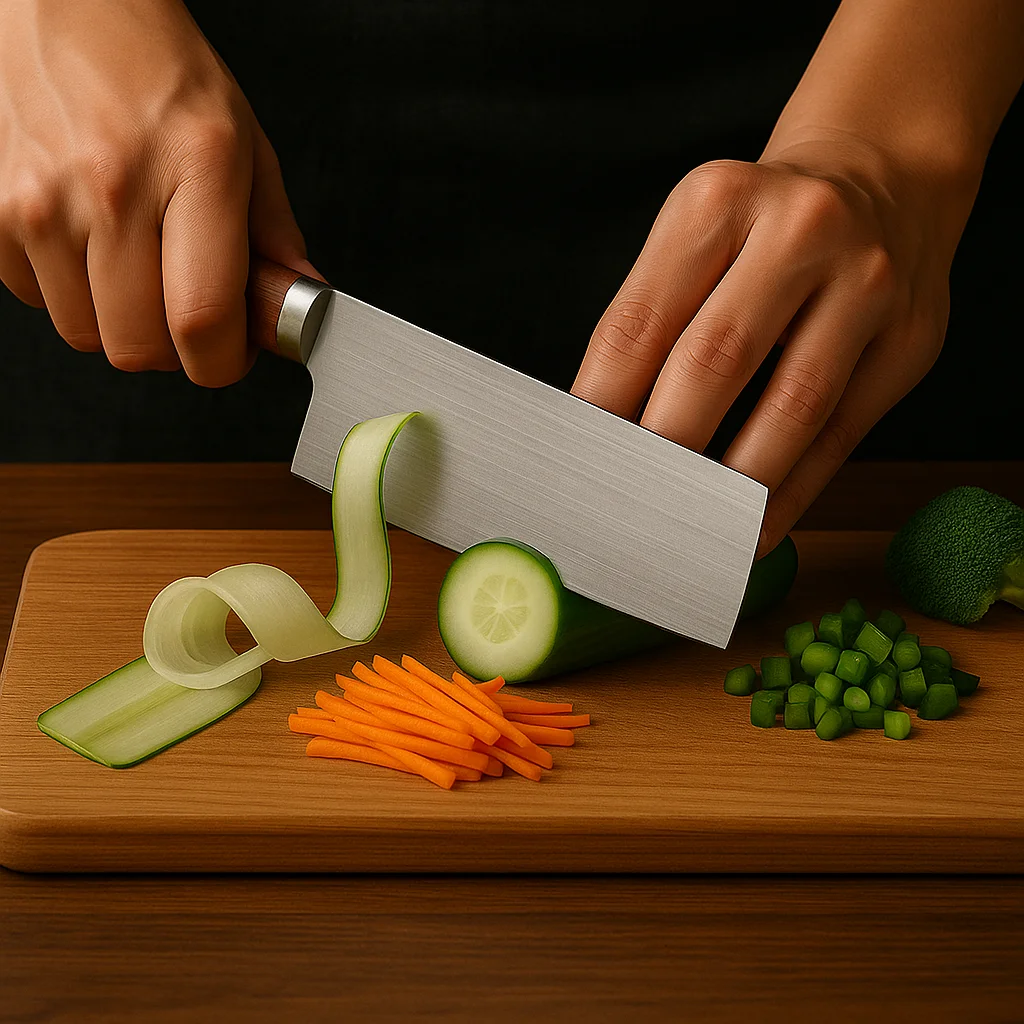
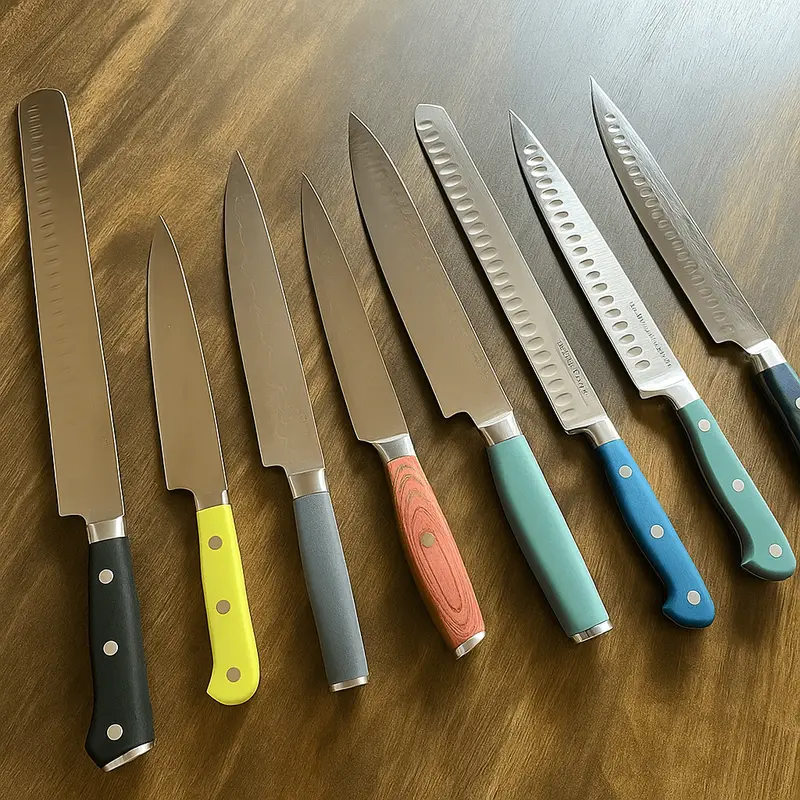
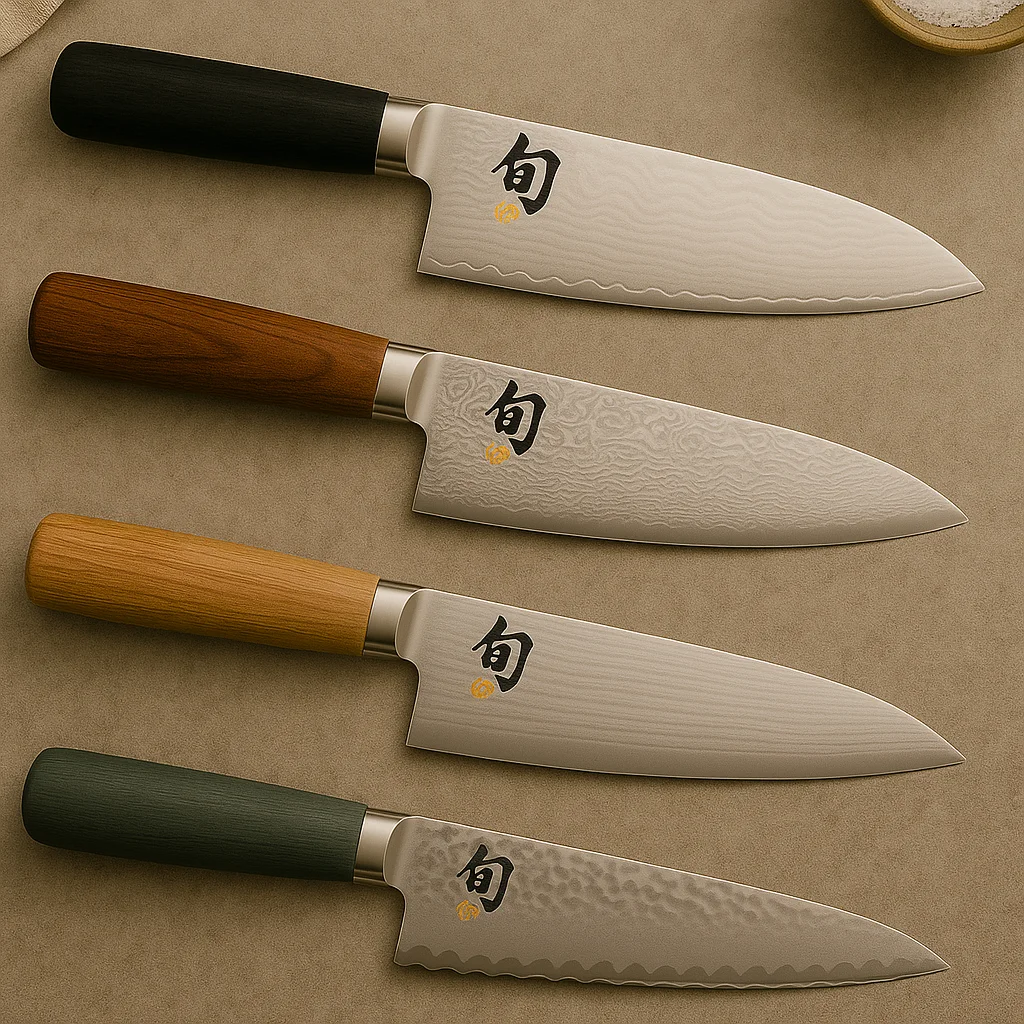
Leave a Reply